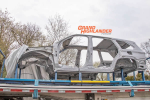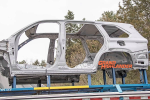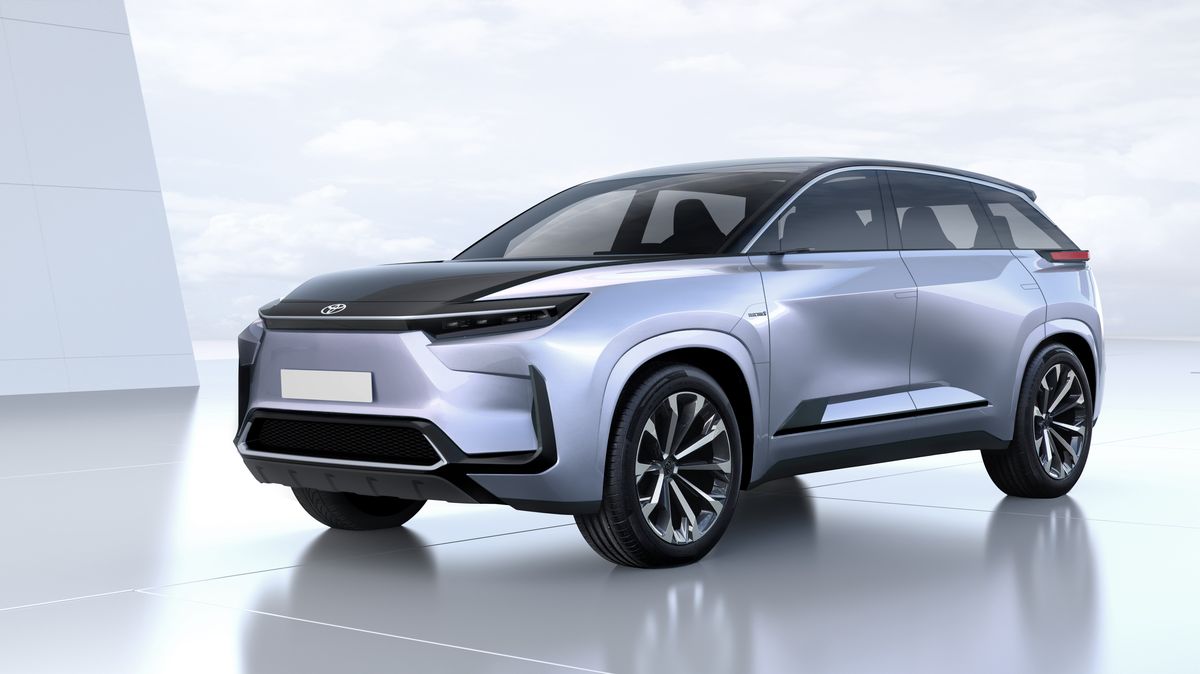Personally, I think the T24 is going to be the GR replacement, and I also don’t see anymore transverse V6s from Toyota or Lexus. IMO, all transverse engines will be 3 or 4 cylinder engines, and we’ve already seen the start of that with the Sienna, and now the Highlander. Camry, RX, and ES will most likely lose the V6 soon as well.
The only exception to the above may be the TX and Grand Highlander, but if these do end up having a V6 option, I suspect these will be based on the TNGA-L rear drive platform.
The MPG numbers for the Highlander are disappointing, but I’d be curious to see what the real world numbers are.
The only exception to the above may be the TX and Grand Highlander, but if these do end up having a V6 option, I suspect these will be based on the TNGA-L rear drive platform.
The MPG numbers for the Highlander are disappointing, but I’d be curious to see what the real world numbers are.






